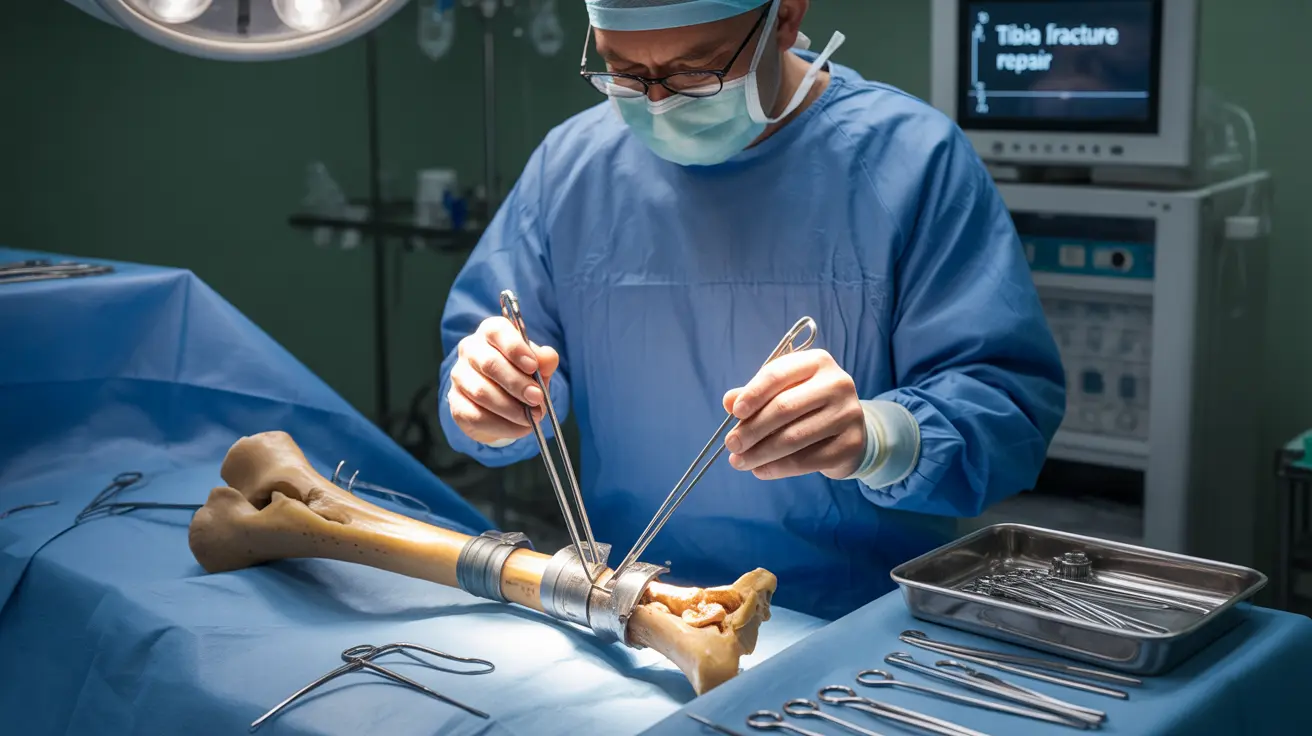Bone surgery is a critical medical procedure performed to repair fractures, correct deformities, and restore proper bone function. Whether you're preparing for an upcoming procedure or seeking information about bone surgical interventions, understanding the basics of bone surgery can help you make informed decisions about your care and recovery.
In this comprehensive guide, we'll explore the various aspects of bone surgery, including common reasons for the procedure, recovery expectations, and preventive measures for maintaining bone health after surgery.
Common Reasons for Bone Surgery
Bone surgery becomes necessary in several situations, particularly when conservative treatments aren't sufficient for proper healing. The most common reasons include:
- Complex or displaced fractures
- Compound fractures with skin penetration
- Fractures that haven't healed properly
- Joint deterioration requiring surgical intervention
- Bone deformities requiring correction
Emergency vs. Planned Bone Surgery
While some bone surgeries are planned procedures, others occur in emergency situations. Emergency bone surgery is often required for severe trauma, such as car accidents or serious falls, where immediate intervention is necessary to prevent further complications.
Surgical Techniques and Fixation Devices
Modern bone surgery employs various techniques and devices to ensure proper healing and alignment. The choice of fixation method depends on factors such as fracture location, severity, and patient characteristics.
Internal Fixation Methods
Internal fixation devices remain inside the body to hold bones in proper position during healing:
- Metal plates and screws
- Intramedullary rods
- Surgical pins
- Wires and cables
External Fixation Devices
External fixators are sometimes necessary for complex fractures or when internal fixation isn't suitable:
- External frames
- Adjustable pins and rods
- Temporary stabilization devices
Recovery and Healing Timeline
The recovery period after bone surgery varies significantly depending on several factors:
- Type and location of the fracture
- Patient's age and overall health
- Adherence to post-operative care instructions
- Presence of other medical conditions
- Quality of surgical intervention
Most patients can expect a healing period of 6-12 weeks, though complete recovery may take several months.
Minimizing Surgical Risks
While bone surgery is generally safe, understanding potential risks helps in prevention and early detection of complications:
- Infection at the surgical site
- Blood clots
- Nerve or blood vessel damage
- Delayed healing
- Hardware complications
Risk Prevention Strategies
Following these guidelines can help reduce surgical risks:
- Following pre-operative instructions carefully
- Maintaining good nutrition
- Adhering to medication schedules
- Attending all follow-up appointments
- Reporting unusual symptoms promptly
Post-Surgery Lifestyle and Prevention
Maintaining bone health after surgery is crucial for long-term success:
- Regular physical therapy exercises
- Proper calcium and vitamin D intake
- Smoking cessation
- Weight-bearing activities when appropriate
- Regular bone density monitoring
Frequently Asked Questions
What are the most common reasons for needing bone surgery to repair a fracture? The most common reasons include complex or displaced fractures, compound fractures, non-healing fractures, and severe trauma requiring immediate surgical intervention.
How long does it typically take for a bone to heal after surgery, and what influences the recovery time? Bone healing typically takes 6-12 weeks, but complete recovery may extend several months. Factors affecting healing time include age, overall health, fracture location, and adherence to post-operative care.
What are the common risks associated with bone surgery, and how can they be minimized? Common risks include infection, blood clots, nerve damage, and delayed healing. These can be minimized through proper pre-operative preparation, following medical instructions, and maintaining good nutrition.
What are the differences between the types of devices used in bone repair, such as screws, plates, rods, and pins? Different devices serve specific purposes: plates and screws provide stable fixation for fractures, intramedullary rods stabilize long bone fractures, and pins/wires can be used for smaller bones or temporary fixation.
How can I prevent future bone fractures, and what lifestyle changes can support bone health after surgery? Prevention includes maintaining bone density through proper nutrition, regular exercise, fall prevention, and avoiding high-risk activities during recovery. Regular bone health monitoring and following medical advice are essential.




